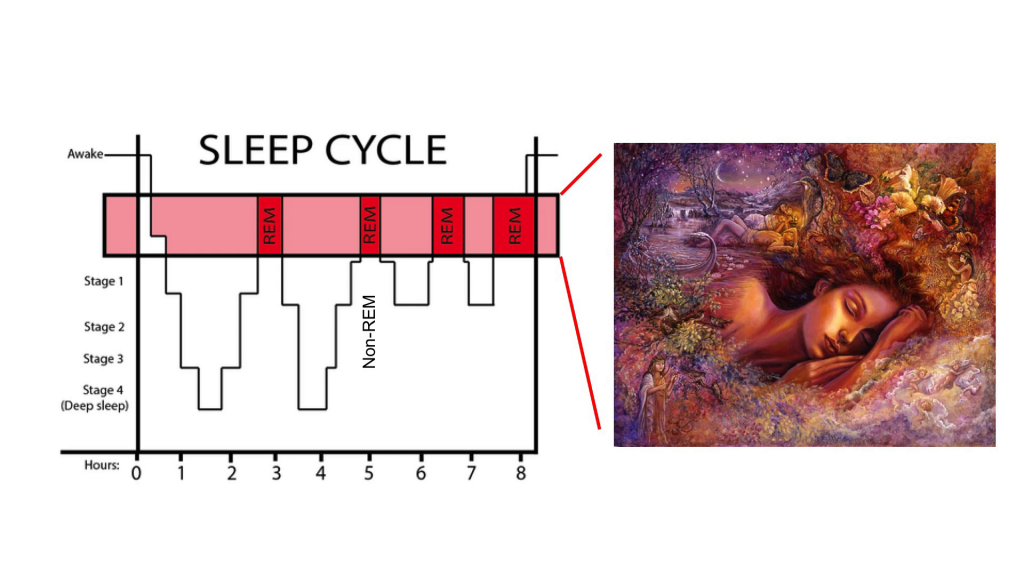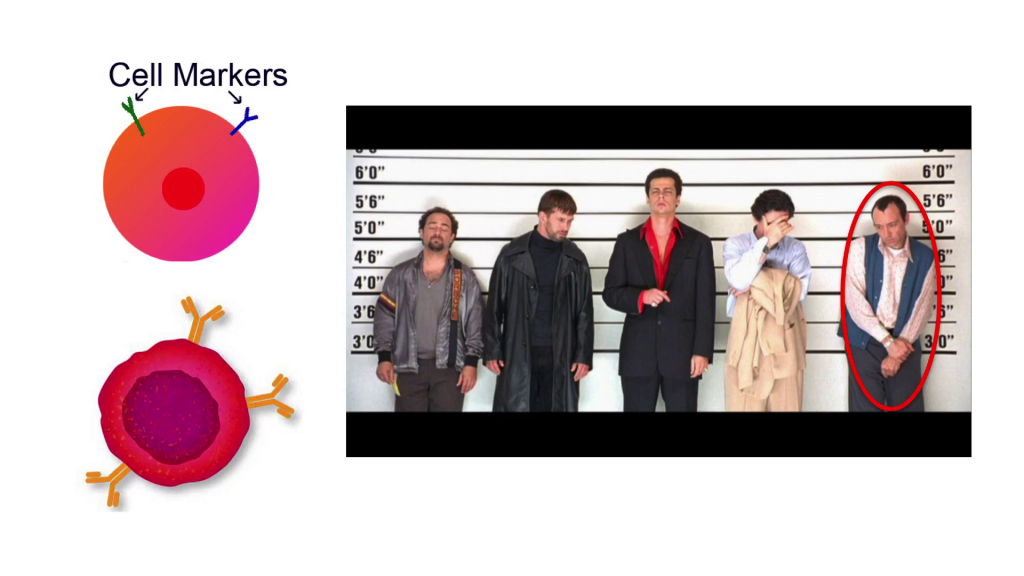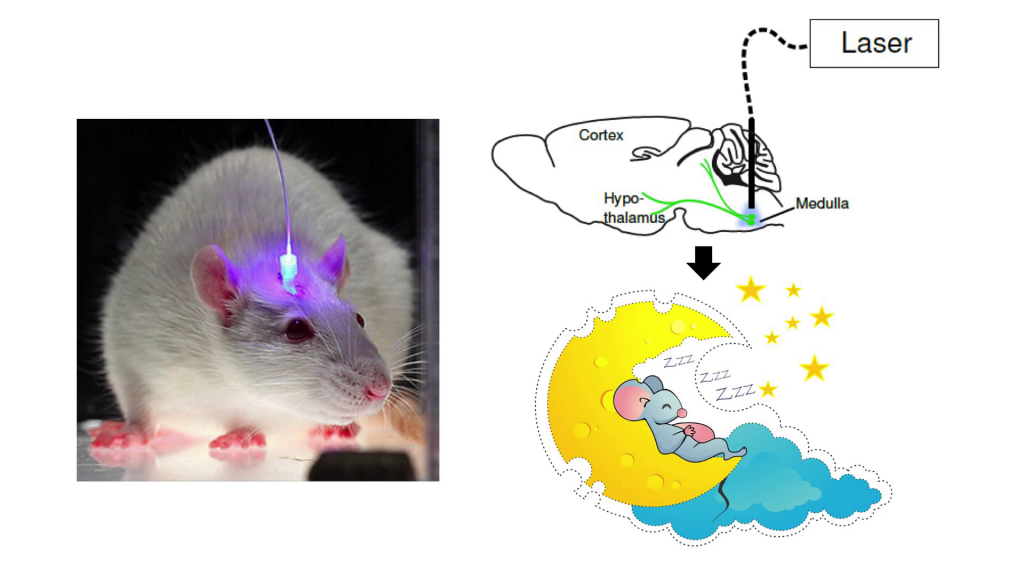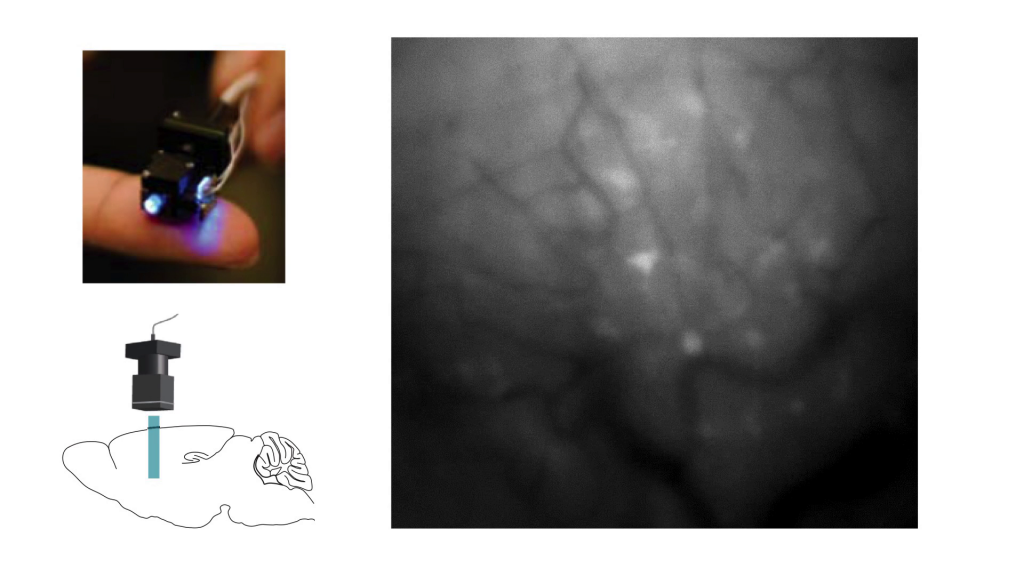We humans spend a third of our lifetime asleep. We sleep more as babies, and less in old age. Other animals also sleep. In fact, for animals who can’t afford to sleep completely because of environmental dangers, they use this very ingenious strategy of sleeping with one eye open, and the two sides of the brain actually take turns to sleep.
So, sleep is clearly very important. Not sleeping enough affects our ability to work, to learn, or even to drive safely. Sleep disturbances are linked to multiple psychiatric disorders, including depression. And long-term sleep deprivation causes other health problems such as obesity and cardiovascular diseases.
We used to think that sleep is a passive process caused by reduced sensory stimulation so that our normal mental and physical activities can shut down. We held this belief since the time of Aristotle, and perhaps even before that. But now we know that this idea is completely wrong.

About sixty years ago in the 1950s, scientists discovered two distinct types of sleep, Rapid Eye Movement or REM sleep, during which we have vivid dreams, and non-REM sleep which is a deep slumber. And each night we cycle became REM and non-REM sleep. We now know that both REM and non-REM are controlled by dedicated, precisely-wired circuits in the brain, and when the circus are damaged due to disease or aging, we develop all kinds of sleep-related problems. So the goal of my research team is to figure out the sleep circuits, so that we can improve and perhaps even control sleep.
The good news is that we already have a rough idea of where to look. We know that the sleep circuits are likely in the hypothalamus and brainstem. But the bad news is that these brain regions are not just involved in sleep control. In fact, the neural circuit is controlling feeding, body temperature, heart rate, parental behaviors, and various emotions. They’re all very tightly packed together, even spatially intermingled with the sleep circuit.
And to make life even harder, we have a hundred billion neurons in the brain, and each single neuron has many long and thin processes for connecting with other neurons. So instead of an electronic circuit neatly designed by engineers, the brain is more like a bowl of spaghetti, very difficult to untangle.

Fortunately, the neurons serving different functions often turn on different genes and produce from proteins in order to do their jobs. In other words, they contain distinct cell markers, and if we can figure out these cell markers, we can actually use them to single out the real culprit from the other suspects. And once we identify the sleep neurons, we can label them with different colors so we can look at them, which is a lot of fun. I like to do that. But more importantly, we can actually introduce light-sensitive proteins specifically into the sleeping neurons so that we can use light to either activate them or shut them down.
We know that neurons function by firing these little electrical impulses called spikes, and it’s the propagation of spikes in various brain networks that controls behavior. So, if we can use light to control spiking of the sleep neurons, we can control whether the animal goes into sleep or wakes up.

Our current work is mostly done in the mouse. For example recently we studied a group of neurons in the medulla, which is part of that brain stem. What we found is that when we turn on light to activate these neurons, we can reliably convert non-REM sleep to REM sleep within a few seconds after we flip the light switch. So we think we can control precisely when the mouse starts dreaming, and in addition to controlling the spiking activity, we can also observe the activity. And because the sleep neurons are buried very deep in the brain, we insert a microendoscope into that brain region and attach a tiny camera to the head of the mouse.

So, here you’re seeing flickering of the neurons, which reflects their spiking activity. And once we identify some of the sleep neurons, we also have the tools to map out the inputs and outputs of this very complex network. In other words, we can use the identified sleep neurons as a starting point to trace out this big network. This would allow us to figure out what goes wrong when someone develops a sleep disorder so we can come up with effective strategies to repair the sleep circuit.
Identifying the key elements of the sleep control mechanism might also allow us to apply external control of these elements, to normalize sleep when the natural circuit malfunctions. At the moment, our technique for controlling mouse sleep is not yet applicable to humans because it involves injection of virus and insertion optic fibers into the brain. But when safer techniques are developed for humans, we could potentially turn sleep on and off at will. So my question for the audience is, if that becomes possible, do we want sleep on demand? Thank you.
Further Reference
“Control of REM sleep by ventral medulla GABAergic neurons” at Nature.
Dan’s faculty research page.
